By Blog Squad member - Melissa Jane Marshall
Love walking and history? Well, you can’t go wrong visiting Durham, with an endless amount of history and some great walking routes to check out. When asked if I fancied walking part of The Way of Life (one of the six Northern Saints Trails walking routes) I was happy to learn that is has some great historical sites to visit along the route. The section of the trail we did was around 5km and took in 3 locations - Binchester Roman Fort, Auckland Castle and, finally, Escomb Church.
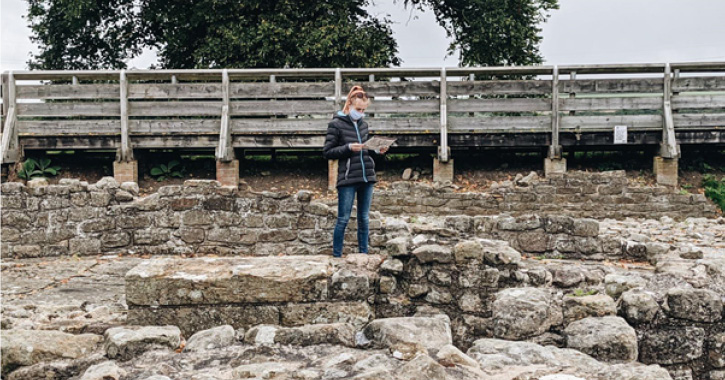
Binchester Roman Fort
We decided to start our walk at Binchester Roman Fort, which is situated just outside of Bishop Auckland. I didn’t know what to expect when I arrived, but I was surprised by how big the Binchester (Vinovia) site was and how vast it would have been in the Roman era. Binchester was once one of the largest Roman military installations in Northern Britain, and Binchester Fort has two well-preserved bathhouses, from its time as a home for the Roman auxiliary cavalry.
On arrival, we were given a 10-minute introduction by a member of staff, who talked us through the site and its previous uses. He answered all our questions about the site, and - I won’t lie – it made me even more excited to check out the site. We headed straight to the first bathhouse, which houses one of the most intact hypocaust (or underfloor heating) systems in Britain. Looking inside the building, it was easy to see the building as it would have been when fully functioning (which is crazy, when you consider how long ago it was built!).
After checking out the bathhouse, we headed outside to look at the remnants of the Commander’s Officer's house (using the map, you get a good idea of how it would have looked). For me, the most impressive element of the site was the extent of knowledge and discoveries across the settlement, including the discovery of Dere Street (which would have spanned from York to Hadrian’s Wall).
We also visited the site of a second bathhouse, which currently closed (you can visit and view it from the outside!). This site is even better preserved than the first bathhouse. There are walls still standing more than six feet above the Roman floor level.
Binchester offers a great opportunity to see what Roman life in Durham would have been like. It’s an ongoing adventure too, with opportunities to see sections of the Fort still being discovered. It’s a great location for families and adults to visit, especially if you’re lucky enough to catch a re-enactment event - offering a perfect insight into what life in the Fort would’ve been like.
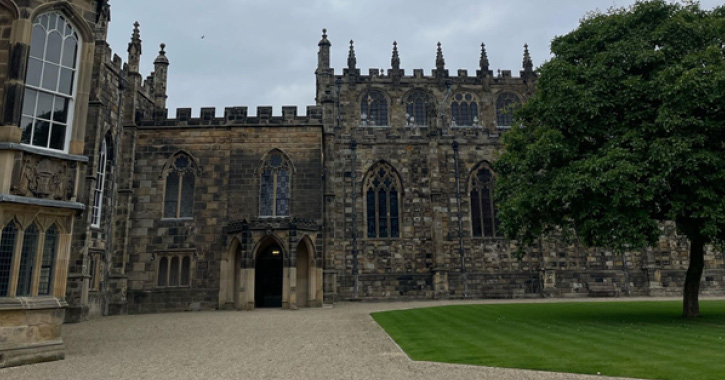
Auckland Castle and walled garden
I’m not going to lie – this stop-off point on the walk was the highlight! If you follow my Instagram account, you’ll know I am a lover of anything related to Royal History. So, you can only imagine my excitement when visiting Auckland Castle. The castle, which is beautifully preserved, offers you the opportunity to visit the Throne Room, Dining Room and St. Peter’s Chapel – all of which provide your history fix.
Auckland Castle was established as a home to the Prince Bishop of Durham, second only to the English monarchy (in terms of power). The Prince Bishop had unusual permissions, allowing them to raise armies and mint coins, and they needed a home to live up to that status. Close to the Border, their job was to defend the North, for the Monarch from the Scottish. The castle is set in a beautiful country estate, allowing the Prince Bishop to enjoy the simpler things in life.
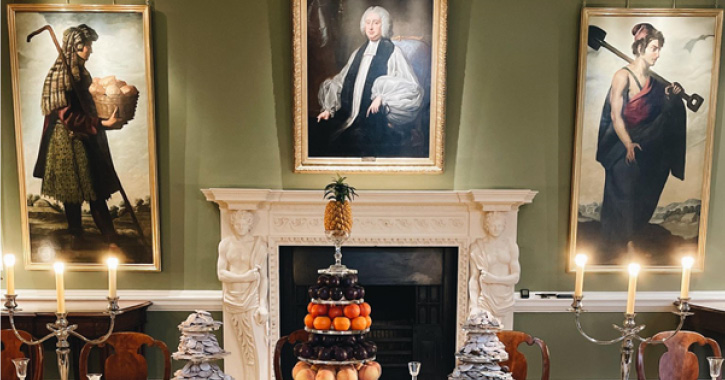
Inside the castle, you can visit the Bishop Trevor Gallery, named after the Bishop of Durham from 1752 - 1771, who purchased a series of paintings of Jacob and his Twelve Sons by Francisco de Zurbaran, which currently hang in the beautiful long dining room (where they have been for over 250 years). The Throne Room, meanwhile, has recently been refurbished and is a perfect demonstration of the power of the Prince Bishops.
St Peter’s Chapel possesses the most history, in my eyes. Originally a medieval banqueting hall, it replaced the original 12th century chapel (lost during the English Civil War). Inside, you can see the names of each Prince Bishop of Durham, with their individual coat of arms. The stain glass windows are a work of art!
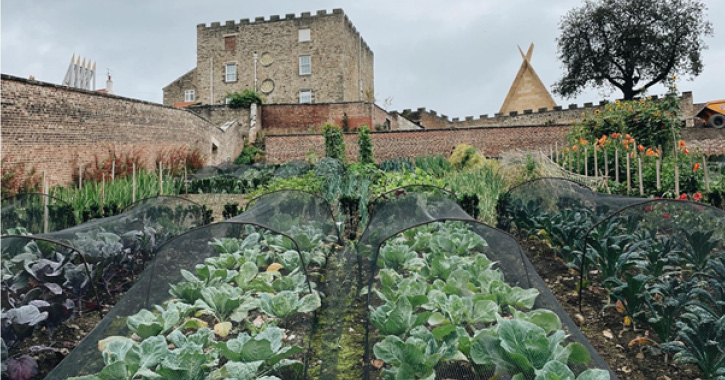
The Walled Garden is definitely worth a visit, too. The working garden (it supplies the Castle’s kitchens) has had a lot of time and money invested, to help show what it would’ve looked like in the past. The gardeners have worked hard to utilise the garden’s space. Built on a hill, some plants and vegetables are restricted to certain areas, to avoid the bitter Northern frost…
I would highly recommend visiting both Auckland Castle and the Walled Gardens. There’s also the option to further explore the surrounding estate if you decide not to continue following The Way of Life route. The castle's Deer Park has several smaller walking routes to explore, with breathtaking views of the castle and surrounding areas. To visit the castle, you have to book in advance, but you can visit Deer Park without booking.
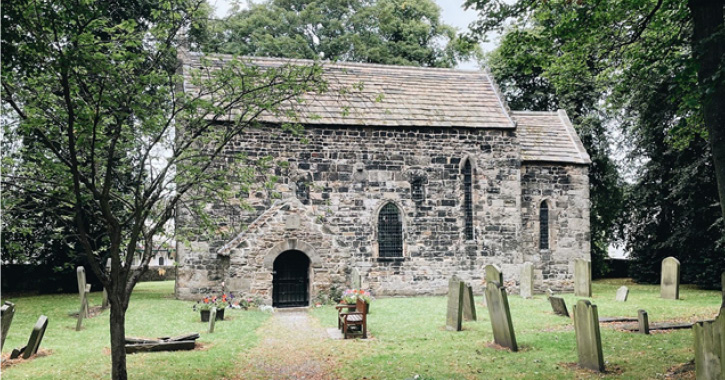
Escomb Saxon Church
Our final destination on the ‘Way of Life’ route was Escomb Church, an early Saxon church based in Escomb village. The church is believed to be made of brick originally from Binchester Roman Fort and, over the centuries, has changed in size and shape. A wander around the church shows you where the original section would have stood, as well as the Celtic influences. The inside of the Church is breathtaking, with a lot of detail restored after the Church fell into disrepair.
It’s open throughout the year but you can find the key at 28 Saxon Green, located behind the Church. If you’re planning to visit with a group or would like a tour, it’s best to call in advance! The key is available all year round – 7 days a week, during daylight hours (9-6 during summer and 9-4 during winter).
Related
Comments
Comments are disabled for this post.
.png)

 to add an item to your Itinerary basket.
to add an item to your Itinerary basket.










